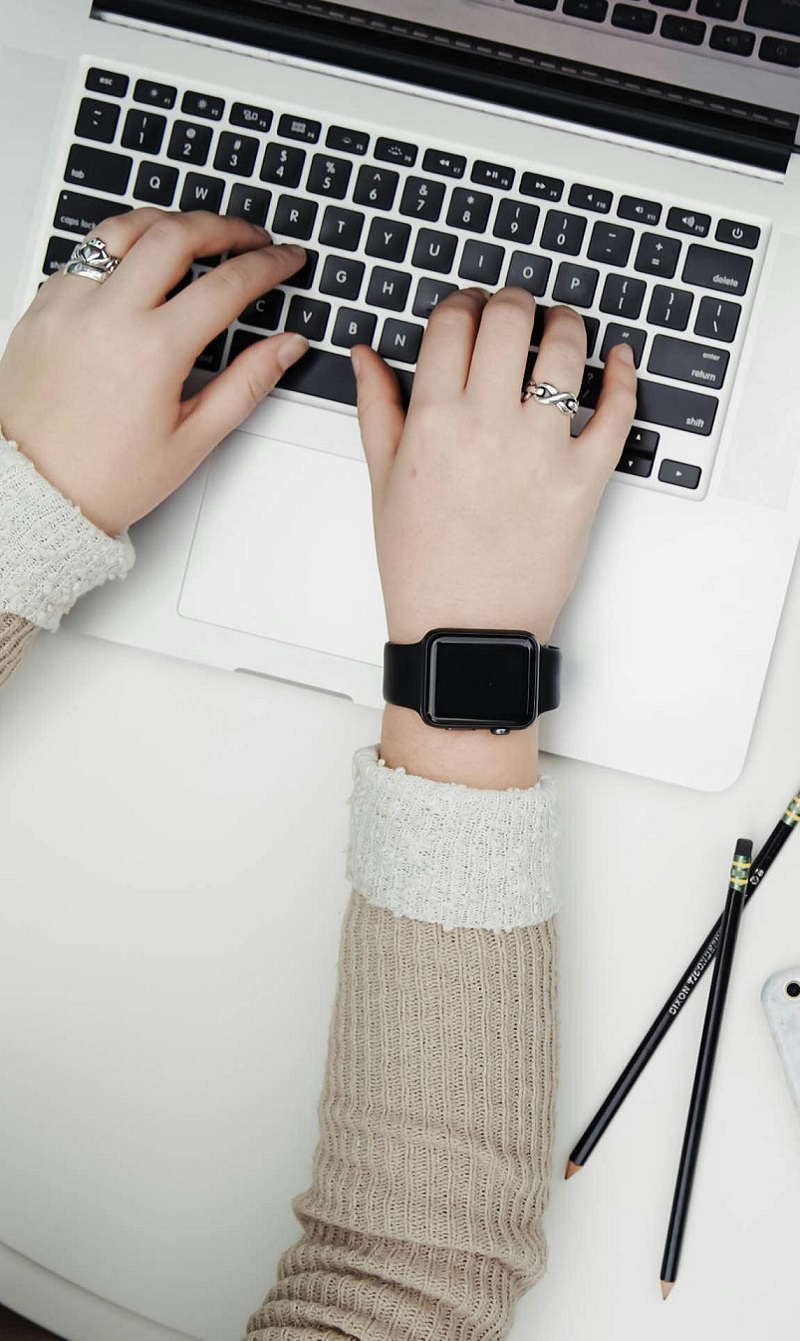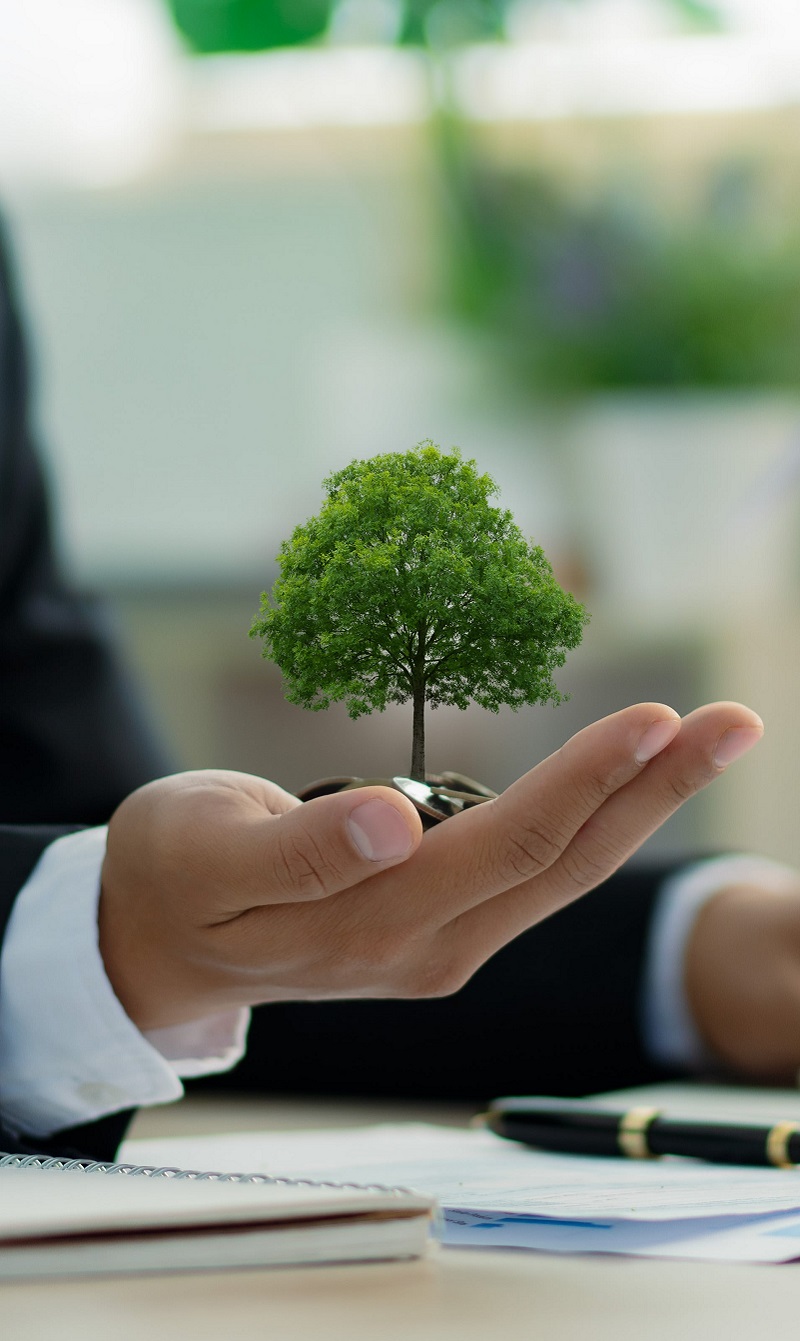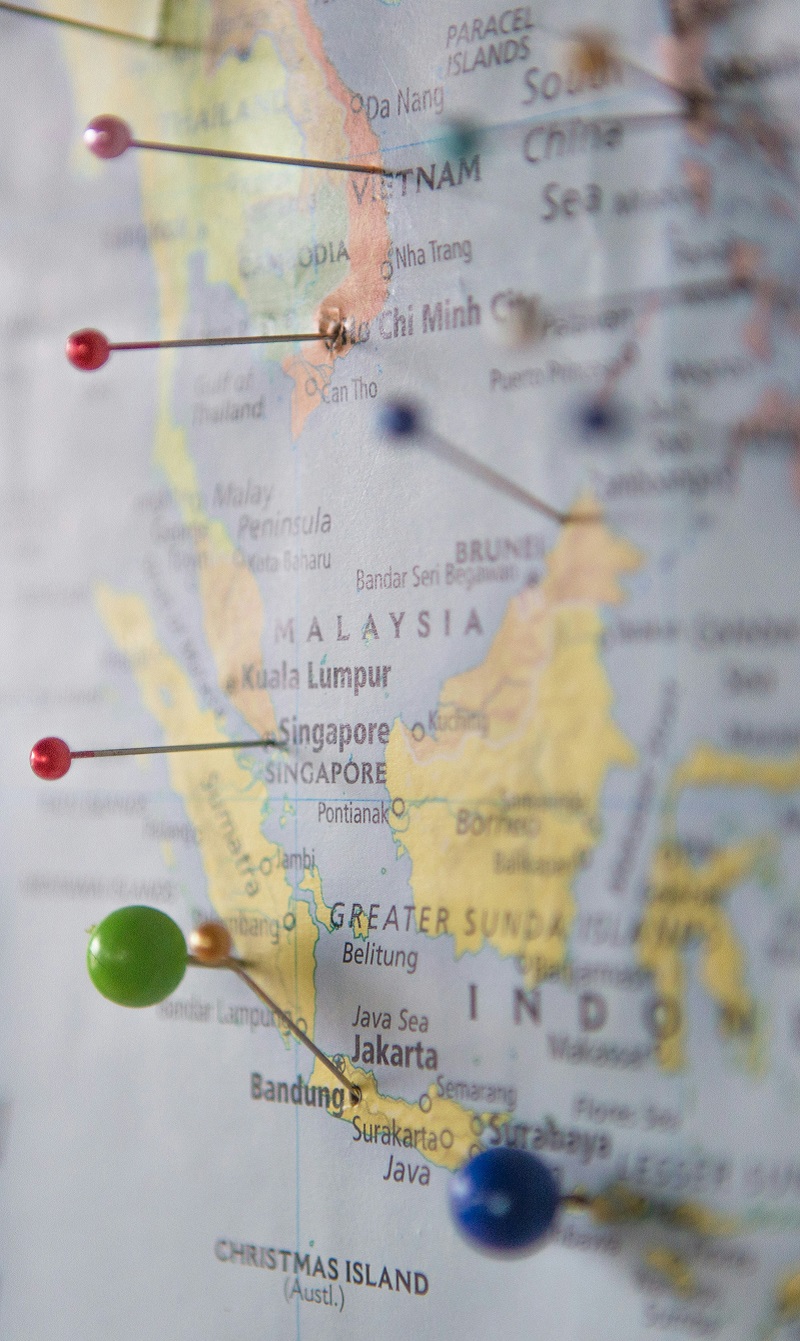Slowing Down Fashion
The aims of slow fashion are to slow down the production line and produce a limited amount of high quality garments using sustainable methods. As a business model, slow fashion is a value-added model in terms of profit. Find out why.
It only takes less than a month for leopard prints seen on the runways of New York Fashion week to hit one of our favourite shopping haunts, and that turnover rate between runway and store is quickly getting shorter. That’s fast fashion for you – not only do the prints get replicated but the knockoff is placed at an attractive price point that entices consumers.
While fast fashion is consumer driven, slow fashion can be said to be product driven where the primary focus is about creating sustainable products that not only attract potential buyers but it’s also environmentally friendly. The cost of fast fashion is that the clothes are made at a faster speed, the quality of apparel is poor and mostly under questionable ethical conditions. Slow fashion, however moves the shift from quantity to quality.
The Ecologist says that it takes the pressure of producing largely as it allows suppliers to plan orders, predict the numbers of workers needed and invest in the longer term. No longer will suppliers have to employ temporary or subcontracted workers, or force workers to do excessive overtime to meet unpredictable orders with impossible deadlines.
Instead, workers will have secure employment with regular hours and the opportunity for promotion. Because slow fashion is produced with quality and sustainability in mind, they generally come in higher prices. It also falls in the same notion as minimalism – that it encourages consumers to minimise the clothing they own in order to help the environment.
Why Slow Fashion Matters
The widely held consensus is that we’re on a collision course with an impending environmental disaster unless we curtail overconsumption and re-establish symmetrical relationships with the ecosystem. There are many alarming statistics and projections to support this view. For example:
- 2018 was the fourth hottest year on record in nearly 140 years
- by 2030, half the world’s population could be living in areas where there isn’t enough drinking water
- we’re expected to start running out of resources, such as oil and natural gas in approximately 50 years
- by 2050 there could be more plastic in the ocean than there’s fish
- 30 to 50 per cent of wildlife species could be extinct by 2050 due to human activity
According to Huffington Post, more than 15 million tons of textile waste is generated in the United States each year. It’s an amount that’s doubled over the past 20 years, according to The Balance. Fast fashion also has a harmful effect on human lives due to the poor working conditions in garment factories in Bangladesh and elsewhere. The fashion industry produces over 100 billion items of clothing worldwide each year, with three out of five of those ending up in landfill within the same 12 months, according to McKinsey & Company.
Business Model of Slow Fashion
In terms of fast fashion, profit is made easily as the masses purchase the clothing frequently and as the trend fades off, they purchase a new item. However, it doesn’t work quite the same way in slow fashion.
Slow fashion works at a slower rate as it is produced in small quantities. Due to the higher quality, it becomes more expensive to purchase. For example, denim jeans brand Raleigh Denim engages in slower and more traditional ways of production with the philosophy of buying less, but high quality. Owned by a husband and wife design team with a small number of local artisans in North Carolina, United States the brand provides outstanding fit, quality and detail of denim jeans by utilising traditional construction and is sold at high-end boutiques at USD250 per pair.
According to Sustainable Development of Slow Fashion Businesses: Customer Value Approach by Sojin Jung and and Byoungho, being fashionable in slow fashion may be achieved by appreciating clothing items fully and creating a unique style which reflects one’s personal identity. This is how the slow fashion system contributes to the health of people and the environment – sustainability is the consequence of slowing down the pace of the fashion cycle.
Instead of pushing consumers to pay for helping society and the environment, when a number of slow fashion firms are capable of providing highly valued products to be economically sustainable, the apparel industry overall will significantly enhance its sustainability beyond a material and recycle approach.
In summary, slow fashion is a value-added model in terms of profit because small quantities of high-quality garments are produced, it’s expected that consumers will buy less but a higher quality.
Brands Setting an Example
While the demands for fast fashion brands are still dominating the market, some brands are opting to deliver to consumers ethical ways of being in the business. The Current Daily reports how, to celebrate its 80th anniversary, the famous fashion house, Hermès launched a series of pop-up spaces allowing consumers to dye and clean their used scarves to give them a new lease of life.
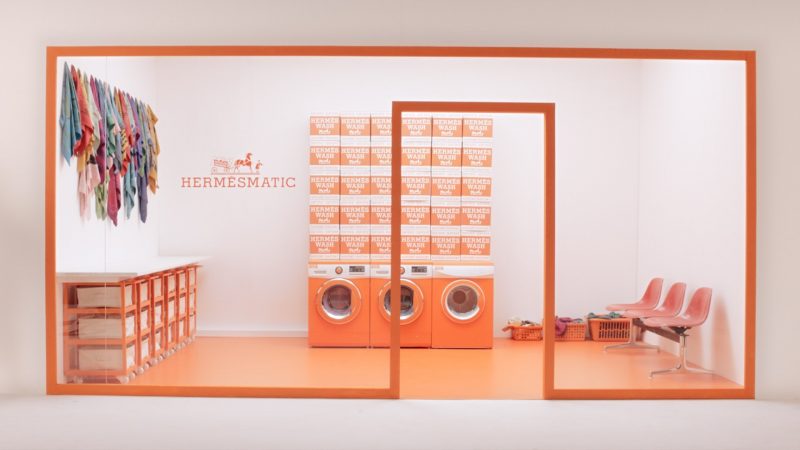
Hermèsmatic, launching in Strasbourg, Amsterdam, Munich and Kyoto resembles a laundromat kitted with orange washing machines, in keeping with the brand’s quirky approach to talking about its history. Encouraging customers to cherish their items throughout the years is perfectly aligned with the luxury house’s ethos of creating heirlooms to be passed down generations.
Another fashion brand, Stella McCartney’s the Loop shoe reflects the brands commitment to sustainability and a circular economy. Marie Claire UK features their unique shoe making method of using technically designed hooks and special stitching that replaces conventional gluing methods to hold the shoe together. At the end of the Loop’s life span, some of the components are recyclable.
The Loop shoe takes over 18 months to design, making sure only the tiniest bit of animal friendly, water-based glue was used to hold one part of the shoe together because traditional shoe glues are solvent-based and they have an adverse effect on the ecosystem and human health. Plus, they aren’t easily biodegradable.
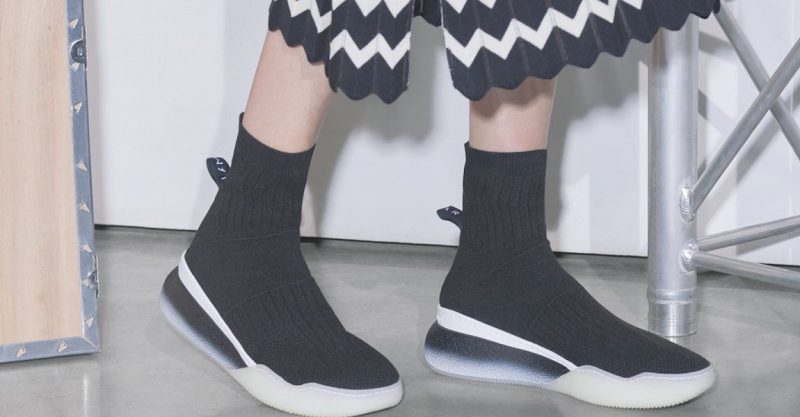
Meanwhile, the Irish fast fashion retailer, Primark, has announced the launch of its first sustainable cotton products – women’s pyjamas that use cotton purchased directly from female farmers participating in its Sustainable Cotton Programme, from which so far, 60,000 farmers have received training. The long-term goal is that all the cotton used across its supply chain is sustainably sourced.
Primark’s sourcing the highest quality materials and repurposing materials including organic cotton and silk, natural dyes and Masaai beading, Tales of Thread works with collectives and factories that guarantee above market wages, in safe working conditions and are committed to social impact. They also support female owned managed businesses by going beyond financial impact to offer communication and leadership training.
Millennials are thought to lead the charge for sustainable fashion, which is true to some degree. A survey published in March 2018 by Element Three and SMARI reported that sustainability was a product attribute that 87 per cent of US millennial internet users would be willing to pay more for, second only to making life easier (91 per cent) and tied with delivering on promises (87 per cent) says E Marketer.
The fashion industry could perhaps start by being more ethical in the process of producing garments and within their brand by going beyond social responsibilities and being ethical in all aspects. As world-renown haute couture designer Vivienne Westwood says, buy less, choose well and make it last.
Easy Steps Towards Slow Fashion for Consumers
• buy less, and buy second hand if needed
• shop for ethical brands and purchase timeless designs that lasts long
• look for quality sustainable garments that last longer
• find out more about the brand before purchasing
Photo by Photo by Volha Flaxeco on Unsplash

